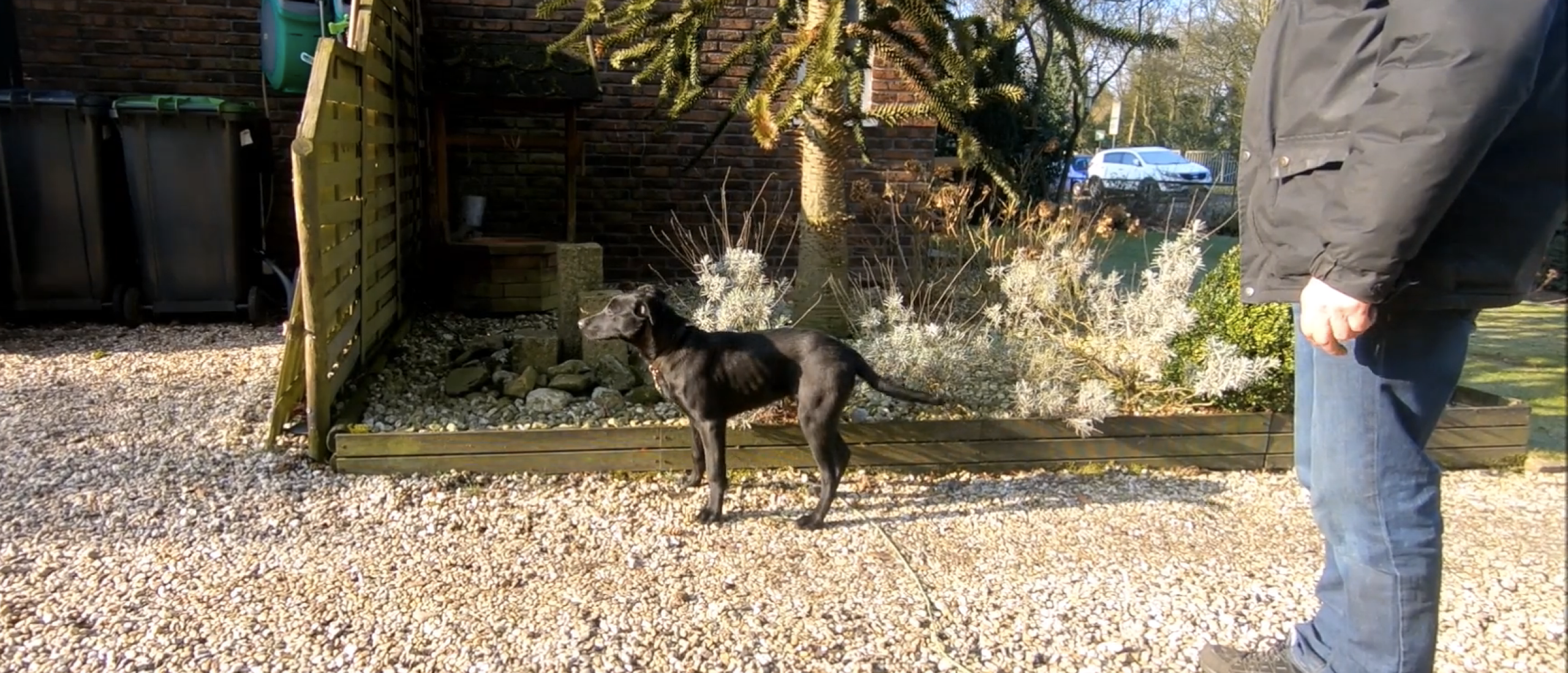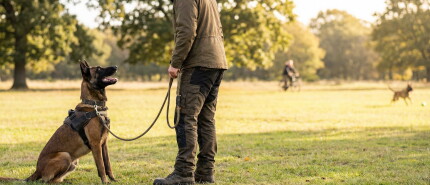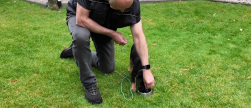Unwanted behavior is very normal
A dog exhibiting unwanted behavior is something we all know and have to deal with. Every dog at some point exhibits unwanted behavior in one way or another. This can be barking at a passerby, or jumping up against people. But it can also be that the dog does other things during training, then the things you ask him to do. In this blog I will talk about unwanted behavior during training with your dog and how you can best deal with this.
Let the dog learn from his own behavior
When teaching exercises, we use a method where the dog learns from his own behavior. We first provoke the desired behavior and then immediately reward it. We make sure that there are as few distractions as possible for the dog and in the beginning we do not use commands and do not talk to the dog. We do this because the dog does not yet know the exercise and therefore certainly does not know the command. If we are going to give the dog a command all the time, or correct it with our voice, this will cause stress to the dog and he will learn much less quickly.
Because the dog learns from his own behavior, he will in the beginning look for what gives him his reward. Sometimes this can lead to unwanted behavior. For example, when we train our dog for detection work, we want him to indicate to the scent in a correct way. If, in the learning phase, he cannot find the scent quickly enough, he will sometimes try to make an indication at a random spot to be rewarded in that way. For example, if we teach a dog to sit down and elicit the desired behavior, the dog may start barking, squealing or jumping because he does not know what the intention is and wants to get his reward.
Do not correct the dog during training
In these cases, it is extremely important not to correct the dog. You cannot punish a dog for something he does not know yet. Correcting the dog now will make the dog nervous and it will cause stress. In addition, the dog will become afraid to make mistakes during the exercise because he will be corrected. Because of this, the dog will not be able to think properly and will not be free in his mind and open to learning. And this is exactly what we want when we want to teach a dog something quickly and well.
But what do we do in these situations? We use discouragement signals. This can be done, for example, by making a sound or a whistle, with which we indicate to the dog that what he is doing at that moment is of no benefit to him. Also you see often that the dog will look at you when he does not know anymore what he must do. Often he will then look at your hands, because that is where the reward for him comes from. A discouragement signal that we often use is to show our hands at that moment and put them up to show the dog that this behavior does not bring him his reward.
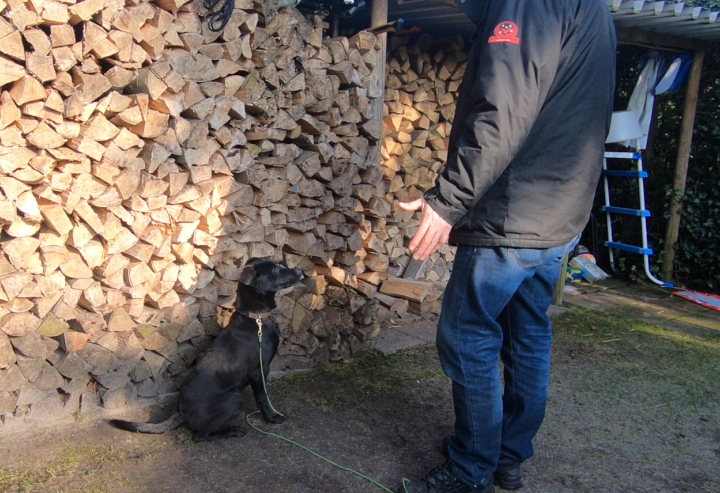 Terror looks at his boss questioningly here, to which we show our hands and let him know that this behavior gets him nowhere.
Terror looks at his boss questioningly here, to which we show our hands and let him know that this behavior gets him nowhere.
Take something away from the dog temporarily with a time-out
If both of these don't work well enough there is a third way we use, the time-out. With the time-out we temporarily take something nice away from the dog, namely exercising and rewarding. The moment the dog shows unwanted behavior during training, we do not say anything or get angry, but we take the dog away from the exercise. We then put him in his bench for a while. After 1 or 2 minutes of waiting, we pick up the dog again and continue the exercise. In most cases, the dog has then learned directly from his own behavior and will resume performing the exercise correctly. If necessary, we repeat these steps several times.
By using time-out, we can still give the dog a kind of correction in a very efficient way, without making the dog nervous. It is important, however, that we are sure that the dog has sufficient motivation at that moment to get his reward. If there is no motivation anymore we always stop the training immediately.
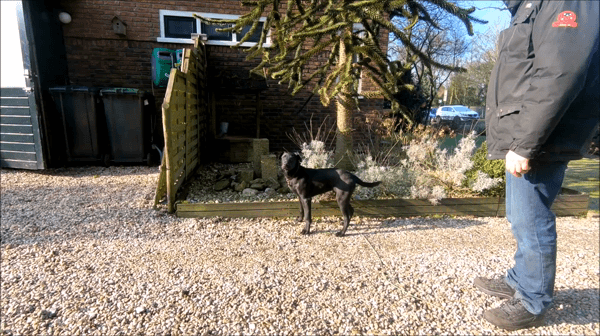 Terror stops searching and gets a time-out here
Terror stops searching and gets a time-out here
Avoid corrections during the learning phase
I have seen many handlers who did correct their dogs when learning an exercise, the moment they made a mistake. They used a line correction, or they corrected the dog with their voice. The result was often that the dogs became very nervous and scared and did not want to perform the exercises anymore. So it is best to use only discouragement signals then and if that doesn't work a time-out. After a few minutes in the bench a dog learns very quickly what he should not and should do. It is very important that you give the time-out exactly at the moment the dog makes the mistake and learns from his own mistakes.

